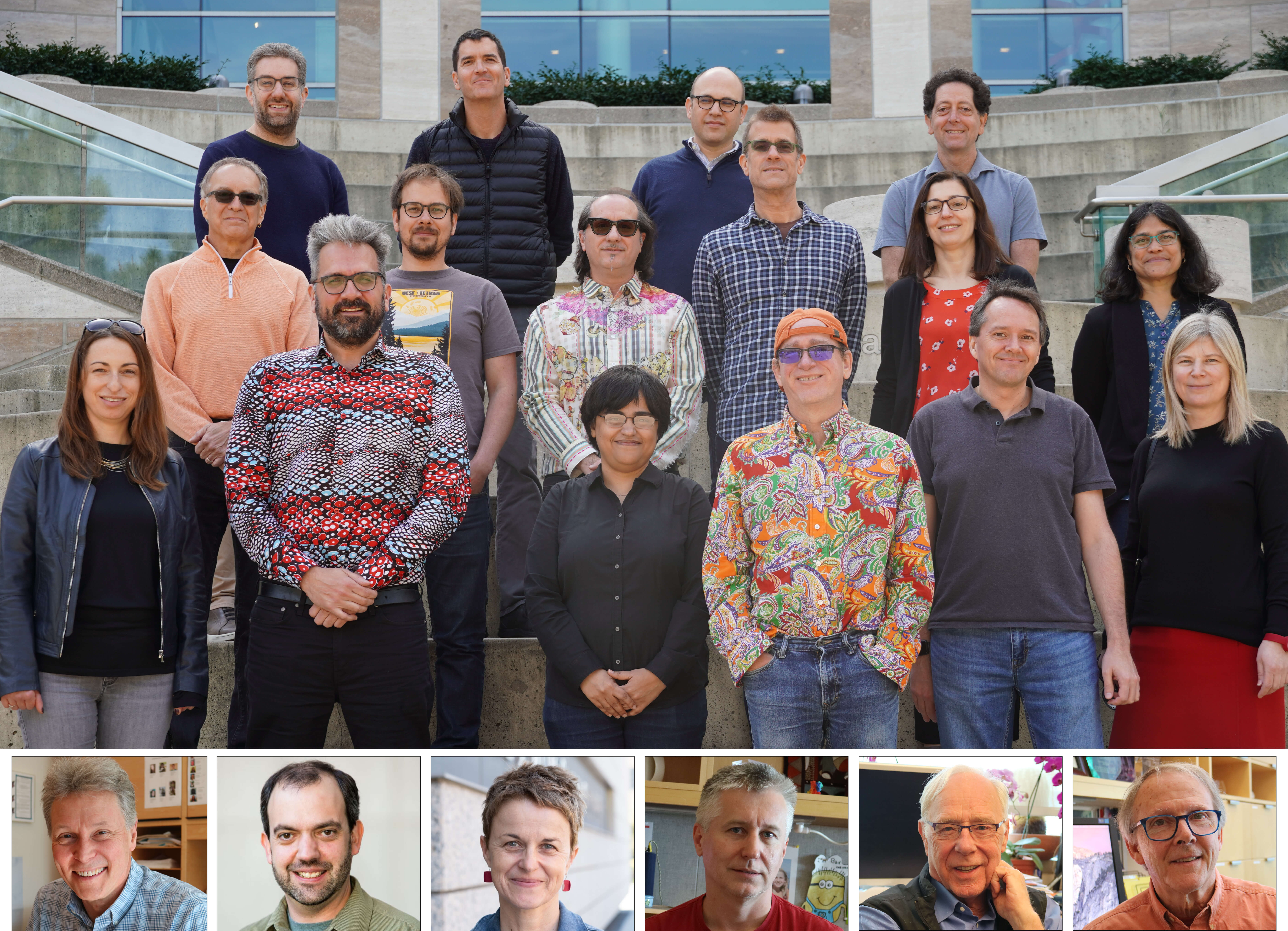
With COVID-19 spreading rapidly around the world and growing desperation for treatments, UCSF’s QBI Director Nevan Krogan, Ph.D., joined forces with researchers at UCSF, Gladstone Institute, Icahn School of Medicine at Mount Sinai, Institut Pasteur, and Howard Hughes Medical Institute to apply their expertise to aid in finding a treatment for the growing pandemic. Together, this group of researchers now known as QBI Coronavirus Research Group (QCRG), were the first to extensively map out the genome of COVID-19 and discover that the virus interacts with 332 human host proteins.
Pioneering a new paradigm in drug development by focusing on “the host” and fundamentals of biology elucidating the interaction and modification of human proteins that fuel pathology, QCRG is letting biological interactions dictate the therapeutic target. While anti-viral therapies target the virus directly, looking at the host factors that enable the virus to progress and thrive is a novel approach and may have the additional advantage of preventing the virus from developing resistance to therapy.
Utilizing its groundbreaking research, QBI and its collaborators were the first to mechanistically review existing drugs and compounds across the medical landscape, leading to the rapid discovery of 69 agents, which was subsequently expanded to include 97 compounds that have an impact on the identified human proteins. This breakthrough approach to identify and evaluate the therapeutic efficacy of a wide range of existing therapeutics in a new disease area enables rapid and focused selection of drugs and compounds directed at proteins critical for disease progression. Going directly to the chemistry of how drugs interact with the biological target has the potential to lead to faster treatment of patients in a pandemic - where time is paramount - with the drugs with greatest therapeutic potential, either existing or in development. These early discoveries are detailed in bioRxiv paper, “A SARS-CoV-2 Protein Interaction Map Reveals Host Targets for Drug-Repurposing.”
The team then subsequently characterized the in vitro antiviral potential of 75 of these drug compounds, accomplishing in a matter of weeks what usually takes years. QCRG identified two principle types of pharmacological approaches that emerged as effective in reducing viral infectivity: protein biogenesis inhibitors and Sigma1 and Sigma2 modulators. Ten therapies or compounds in development had antiviral activity, including cancer treatments, antihistamines and antipsychotics. Conversely, a drug commonly used in over-the-counter cough syrups was found to likely exacerbate viral infection. The data were recently published in Nature and outlined in a press release.
As the efforts to identify a treatment for COVID-19 ramp up, so does QCRG’s involvement. Based on our research, several companies are taking these identified compounds into clinical trials to evaluate their anti-viral effectiveness and therapeutic index. We are also continuing our screen of drugs that could have an impact on viral progression. Beyond COVID-19, with additional funding and research this unique and groundbreaking approach can have pan-pathogenic applications applied to any disease, regardless of pathogenic pathway.
To support QCRG research and pledge a donation, please visit our donation page by clicking on this button below:
